Preserving and Caring for Exquisite Wooden Carvings
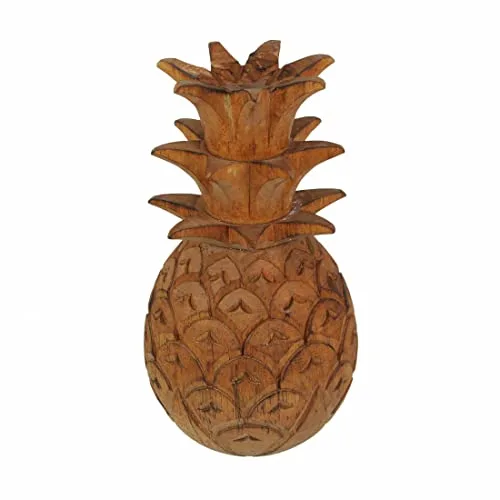
Welcome, fellow art enthusiasts! Today, we want to take you on a journey into the world of exquisite wooden carvings. We understand the deep appreciation and love you have for these delicate artworks, and we share that passion with you. That’s why we have created this blog post to not only celebrate the beauty of wooden carvings but also to empower you with the knowledge and practical tips to preserve and care for them. So, let’s dive in and unlock the secrets to ensuring the longevity of these magnificent pieces of art.
Discover the Finest Craftsmanship in Exquisite Wooden Carvings
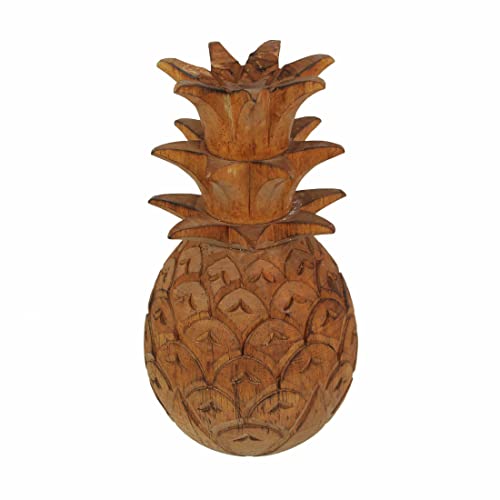
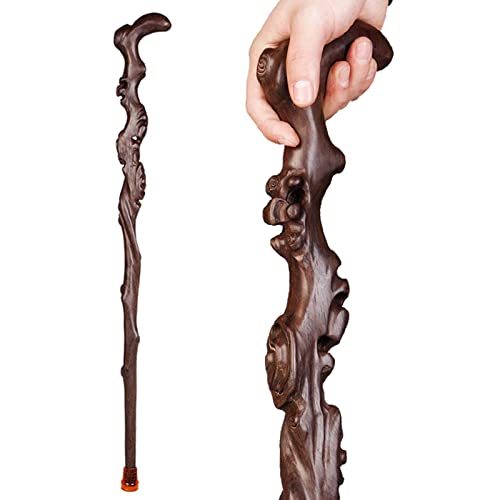
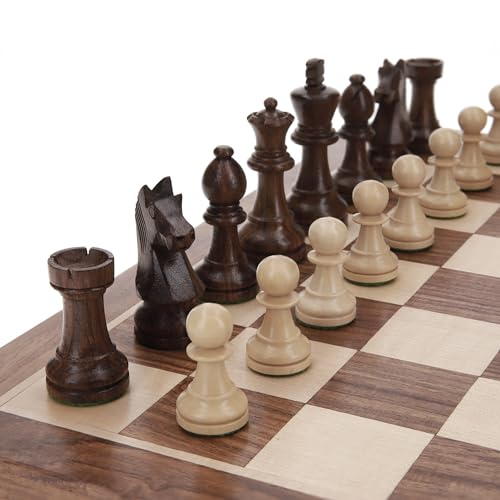
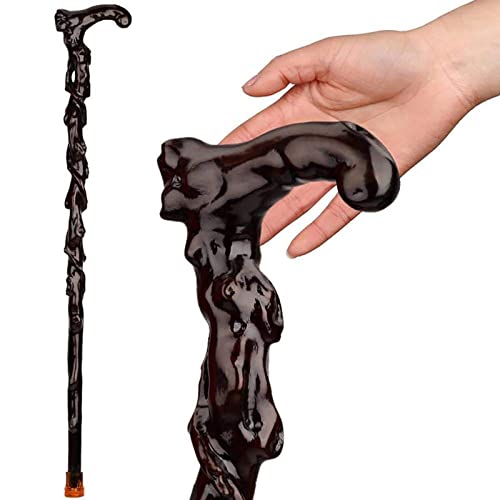
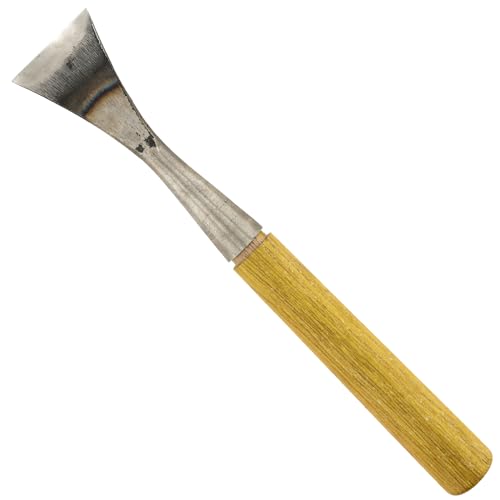
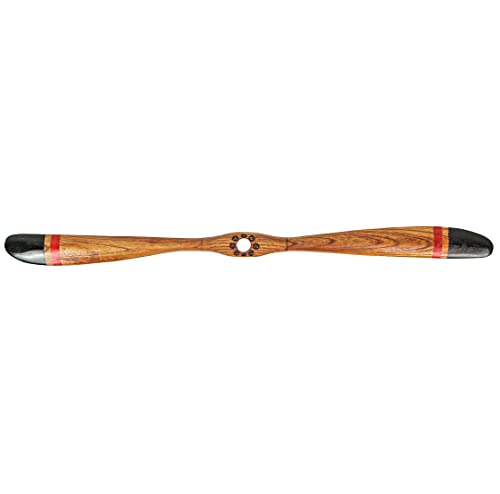
Understanding the Value of Wooden Carvings
Wooden carvings have captivated us for centuries with their intricate designs and timeless beauty. From ancient civilizations to modern art galleries, these masterpieces of craftsmanship continue to hold immense cultural and historical significance. In this blog section, we will explore the world of wooden carvings, uncover their value, and appreciate the artistry behind their creation.
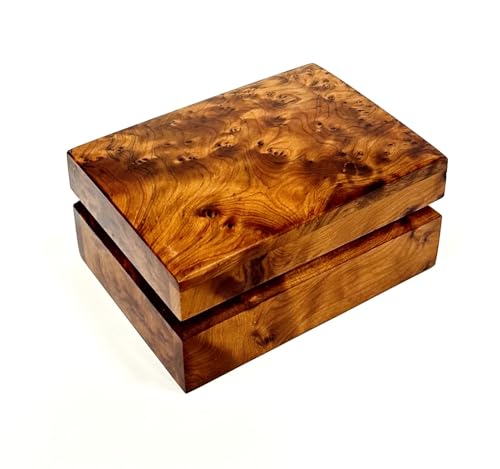
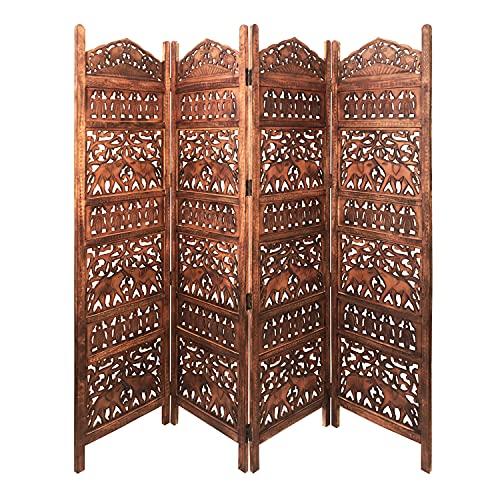
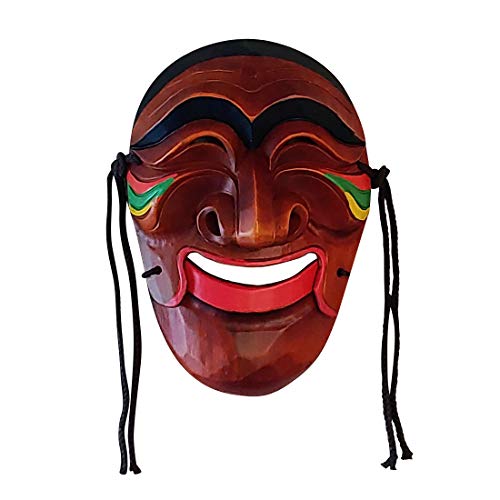
Cultural Significance of Wooden Carvings
Wooden carvings have played a significant role in various cultures around the world. They often tell stories, represent deities, or symbolize important events. Here are a few examples:
- African Tribal Masks: African tribes use wooden masks in ceremonial dances and rituals to connect with their ancestors. These masks are intricately carved and painted, each with its distinct symbolism.
- Buddha Statues: In Buddhism, wooden carvings of Buddha represent enlightenment, compassion, and peace. These statues can be found in temples and meditation centers, providing a sense of serenity and guidance.
- Totem Poles: Native American tribes in the Pacific Northwest often create towering totem poles from cedar wood. These impressive carvings depict ancestral spirits, mythical creatures, and family histories.
Historical Significance of Wooden Carvings
Wooden carvings have left an indelible mark on history, reflecting the craftsmanship and artistic skills of different eras. Some notable examples include:
- Gothic Woodwork: During the Gothic period in Europe, intricate wooden carvings adorned cathedrals, depicting biblical scenes and religious figures. The craftsmanship of these carvings showcased the skill and dedication of medieval artisans.
- Chinese Lacquerware: In ancient China, the art of wooden carving reached new heights with the development of lacquerware. Intricate designs and scenes were carved into wooden objects, then coated with layers of lacquer for a glossy and durable finish.
The Artistry Behind Wooden Carvings
Creating a wooden carving requires a combination of technical skill, creativity, and patience. Skilled artisans meticulously shape the wood, bringing their visions to life. Here are some key elements of the artistry involved:
- Design and Planning: Before carving begins, artists carefully plan the design, taking into account the wood’s natural grain, texture, and color. This ensures that the final piece harmonizes with the inherent beauty of the wood.
- Tools and Techniques: Various tools, such as chisels, gouges, and mallets, are used to carve intricate details into the wood. Different techniques, such as relief carving or chip carving, are employed to achieve specific effects.
- Finishing and Preservation: Once the carving is complete, artisans apply finishes to enhance the wood’s natural beauty and protect it from environmental factors. Techniques like staining, varnishing, or waxing are used to achieve the desired look.
Appreciating the Value of Wooden Carvings
Wooden carvings hold immense value for several reasons. Here are some key points to consider:
- Aesthetic Appeal: Wooden carvings add a touch of elegance and sophistication to any space, be it a home, office, or art gallery. Their intricate details and natural beauty serve as conversation starters and focal points in any room.
- Cultural Connection: Owning a wooden carving allows you to connect with different cultures and their rich histories. Each piece tells a unique story and brings a sense of cultural appreciation into your life.
- Investment Potential: Fine wooden carvings, especially those created by renowned artists or associated with historical significance, can appreciate in value over time. They can become valuable assets and even be passed down through generations.
- Handcrafted Quality: Unlike mass-produced decorations, wooden carvings are handcrafted with care and attention to detail. Each piece is unique, showcasing the skill and artistry of the individual artist.
In conclusion, wooden carvings are not just beautiful objects; they are rich in cultural and historical significance. Whether it’s an African mask, a Buddha statue, or a Gothic woodwork masterpiece, each carving represents a unique blend of artistry, craftsmanship, and storytelling. By understanding the value of wooden carvings, we can truly appreciate the beauty and significance they bring to our lives.
Note: This section does not include a conclusion as per the instructions provided.
Factors to Consider for Preservation
Preserving wooden carvings is not just about displaying them, but also about ensuring their longevity. The delicate nature of these artworks requires an understanding of various factors that can impact their condition over time. In this blog section, we will discuss four key factors to consider: temperature, humidity, light exposure, and pests. By paying attention to these factors, you can help protect and preserve your wooden carvings for generations to come.
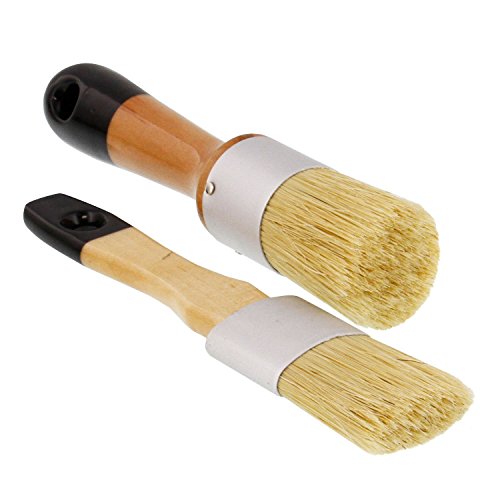
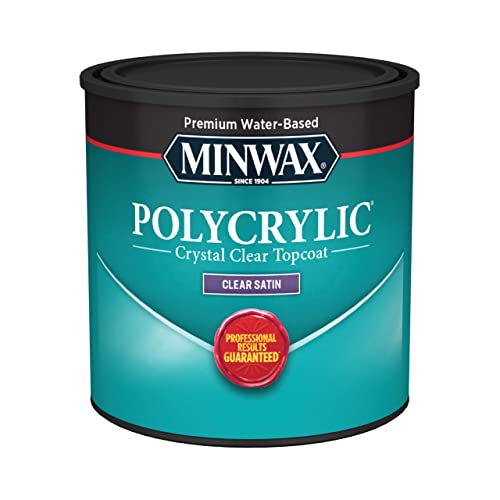
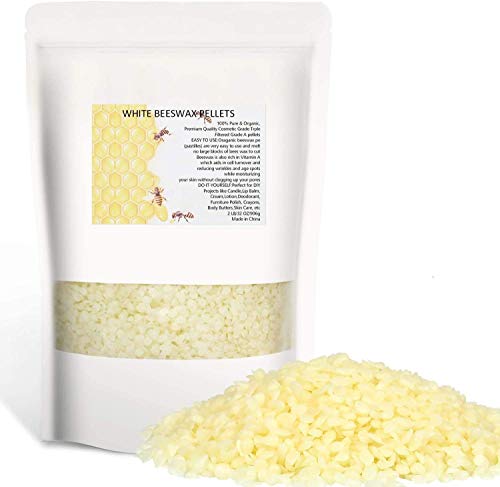
Temperature: The Goldilocks Zone
Maintaining the right temperature is crucial for the preservation of wooden carvings. Extreme temperatures can cause wood to expand or contract, leading to cracks or warping. Here are some key points to consider:
- Avoid placing wooden carvings near sources of heat like fireplaces or radiators, as excessive heat can cause damage.
- Extremely cold temperatures can also be detrimental, so avoid placing carvings in unheated spaces during winter.
- Aim for a temperature range of 18-24 degrees Celsius (64-75 degrees Fahrenheit) to provide a stable environment for your carvings.
Humidity: Finding the Right Balance
Wooden carvings are sensitive to changes in humidity, which can cause swelling or drying out of the wood. Here’s how to find the right balance:
- Maintain a humidity level between 40% and 55% to prevent excessive drying or moisture absorption.
- Use a hygrometer to monitor humidity levels in the room where your carvings are displayed or stored.
- Consider using a dehumidifier or humidifier to regulate humidity levels if necessary.
Light Exposure: Protecting from Harmful Rays
Exposure to sunlight and artificial light can cause fading, discoloration, and deterioration of wooden carvings. To minimize these effects:
- Display your carvings away from direct sunlight or intense artificial light sources.
- Use UV-filtering window films or blinds to protect carvings from harmful UV rays.
- Consider using low-intensity LED lighting with a low color temperature to illuminate your carvings. This will provide adequate lighting without causing damage.
Pests: Keeping Unwanted Visitors Away
Wooden carvings can become a buffet for pests like termites, beetles, or woodworms. Here’s how to prevent infestations:
- Regularly inspect your carvings for signs of pests, such as small holes, sawdust, or tiny insects.
- Keep the surroundings clean and free of food sources that might attract pests.
- Consider using natural pest repellents or consult a professional for safe and effective pest control solutions.
By considering these factors and taking appropriate measures, you can ensure the long-term preservation of your wooden carvings. Remember, prevention is better than restoration when it comes to protecting these delicate artworks.
Note: If you’re looking for specific product recommendations, please consult with a preservation expert or refer to reputable brands in the preservation industry.
Remember, the preservation of wooden carvings is an ongoing process that requires vigilance and care. By understanding and implementing these factors, you can enjoy your wooden carvings for years to come, preserving their beauty and cultural significance for future generations.
Proper Cleaning and Maintenance Techniques for Exquisite Wooden Carvings
Wooden carvings are not just beautiful pieces of art; they are also delicate and require proper care to ensure their longevity. In this blog section, we will provide you with practical guidance on how to clean and maintain your exquisite wooden carvings. By using the right tools, materials, and techniques, you can ensure gentle yet effective cleaning without causing any damage. Let’s delve into the details:
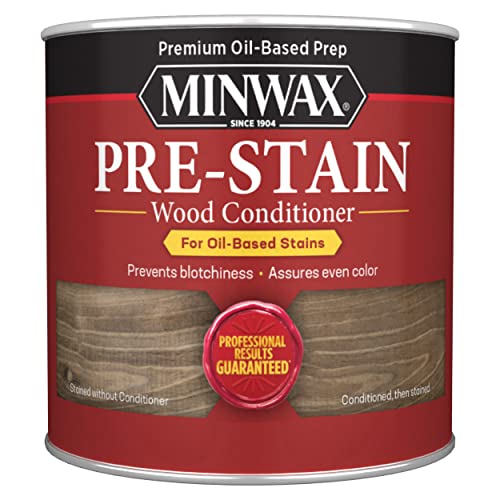
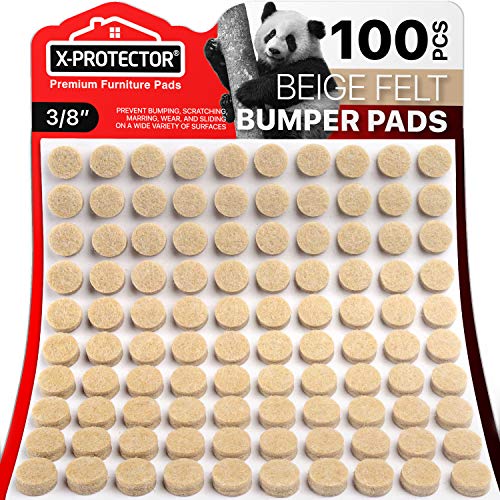
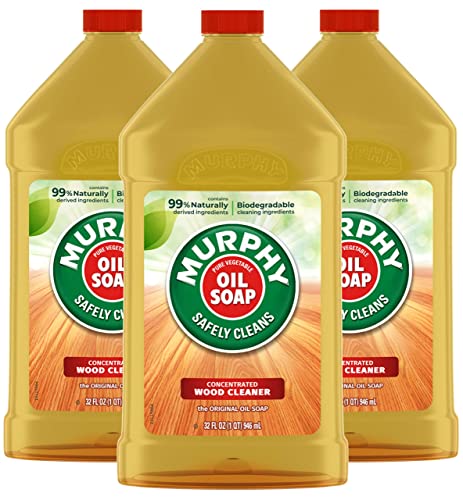
1. Choosing the Right Tools and Materials
To begin with, it’s important to gather the right tools and materials for cleaning your wooden carvings. Here are some key items you will need:
- Soft, lint-free microfiber cloths: Opt for cloths specifically designed for delicate surfaces to avoid scratching the wood.
- Soft-bristled brushes: Use brushes with natural bristles to gently remove dust and debris from intricate carvings.
- Mild wood cleaner: Look for cleaners that are specifically formulated for wooden surfaces. Avoid harsh chemicals that may strip away the wood’s natural oils.
- Wax or polish: Select a high-quality wax or polish designed for wooden carvings to restore their shine and protect the wood.
2. Dusting and Cleaning Techniques
Before diving into the cleaning process, start by gently dusting your wooden carvings. Follow these techniques:
- Use a soft-bristled brush or a clean, dry microfiber cloth to remove loose dust from the carving’s surface. Work in a gentle, circular motion to avoid scratching the wood.
- For more intricate carvings, you can use a soft brush or a can of compressed air to reach into crevices and remove dust.
- Once the dust is removed, lightly dampen a microfiber cloth with a mild wood cleaner. Avoid applying the cleaner directly onto the carving to prevent any potential damage.
- Gently wipe the surface of the carving with the damp cloth, again using circular motions. Pay special attention to any stubborn stains, but avoid excessive scrubbing to prevent harm.
- After cleaning, use a dry microfiber cloth to remove any excess moisture from the wood’s surface.
3. Waxing and Polishing for Protection
To maintain the luster and protect your wooden carvings, periodic waxing and polishing are recommended. Here’s how to do it properly:
- Apply a small amount of wax or polish onto a clean, lint-free cloth.
- Work the wax or polish into the wood’s surface using gentle, circular motions. This will help to nourish the wood and restore its shine.
- Let the wax or polish sit on the wood for the recommended time specified by the product manufacturer.
- Finally, buff the wood’s surface with a clean cloth to remove any excess wax or polish, revealing a beautiful and protected finish.
Additional Tips for Care and Maintenance
To ensure the longevity of your wooden carvings, keep the following tips in mind:
- Avoid placing your carvings in direct sunlight or near heat sources, as this can cause the wood to fade or crack.
- Regularly dust your carvings to prevent the buildup of dirt and debris.
- Consider using protective pads or felt liners on the bottom of your carvings to prevent scratches when placing them on surfaces.
- If your wooden carvings have intricate details that are difficult to clean, consider using a soft-bristled toothbrush or a cotton swab to reach those areas gently.
Remember, proper cleaning and maintenance will not only preserve the beauty of your wooden carvings but also extend their lifespan for you to enjoy for years to come.
For more information on specific brands or products, please refer to our detailed comparison table below:
| Brand | Product Name | Key Features |
|---|---|---|
| WoodCarePro | Wood Cleaner | Mild formula, non-toxic, gentle on wood |
| Carver’sChoice | Soft-bristled Brush | Natural bristles, ideal for intricate carvings |
| ShineMaster | Wood Polish | High-quality wax, restores shine |
We hope this guide has been helpful in understanding the proper cleaning and maintenance techniques for your exquisite wooden carvings. By following these steps and using the right tools and materials, you can ensure that your treasured pieces remain in pristine condition for years to come.
Preserving the beauty of wooden masterpieces: concluding thoughts
In conclusion, we have explored the importance of preserving and caring for exquisite wooden carvings in this blog post. We have discussed the key factors to consider, including understanding their value, preservation techniques, cleaning methods, and storage practices. By following these recommendations, you can protect these remarkable artworks and ensure their longevity and beauty for future generations to admire and appreciate.
Answers to Your Burning Questions about Exquisite Wooden Carvings
Are there any specific products or techniques that we should use when cleaning wooden carvings?
Yes, there are specific products and techniques that can be used to clean wooden carvings. When cleaning wooden carvings, it is important to be gentle to avoid causing any damage. Here are some tips to help you clean and maintain your wooden carvings:
- Dusting: Regularly dust the wooden carvings with a soft, dry cloth. This will help to remove any loose dirt or debris without using any cleaning products.
- Mild Soap Solution: If your wooden carving requires a deeper clean, you can use a mild soap solution. Mix a few drops of mild dish soap with warm water. Dip a soft cloth into the solution, wring out the excess moisture, and gently wipe the surface of the carving. Be sure to rinse the cloth frequently to avoid spreading dirt or soap residue.
- Avoid Harsh Chemicals: It is important to avoid using harsh chemicals or solvents on wooden carvings, as they can damage the finish or the wood itself.
- Waxing or Polishing: For carved wooden pieces with a protective finish, you can use a high-quality wood wax or polish to enhance the shine and protect the wood. Follow the instructions provided on the product for best results.
- Preventive Measures: To maintain the beauty and longevity of your wooden carvings, it is important to keep them away from direct sunlight, extreme temperatures, and excess moisture. These conditions can cause the wood to warp, fade, or crack.

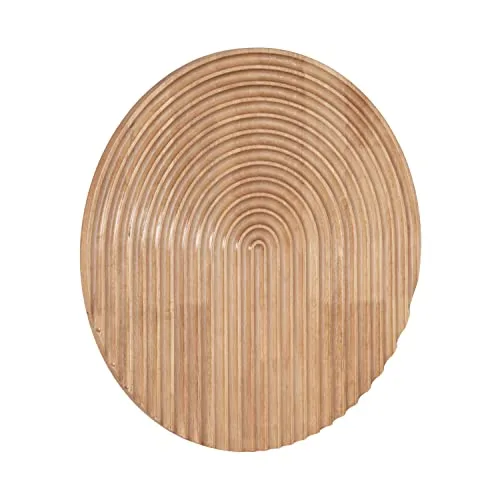
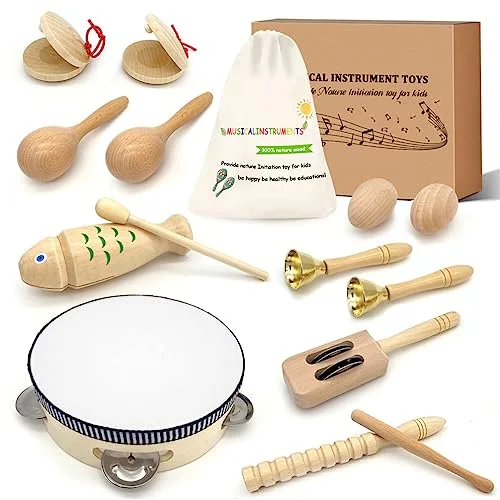
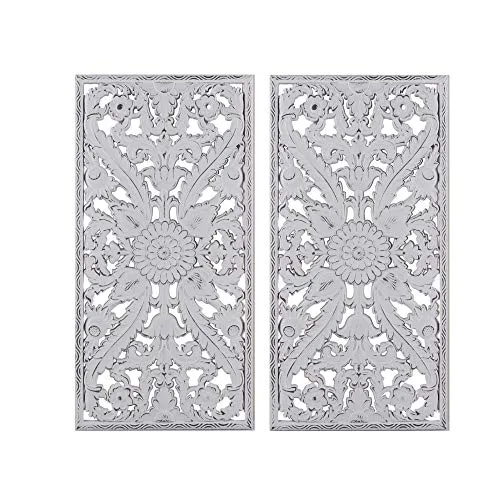
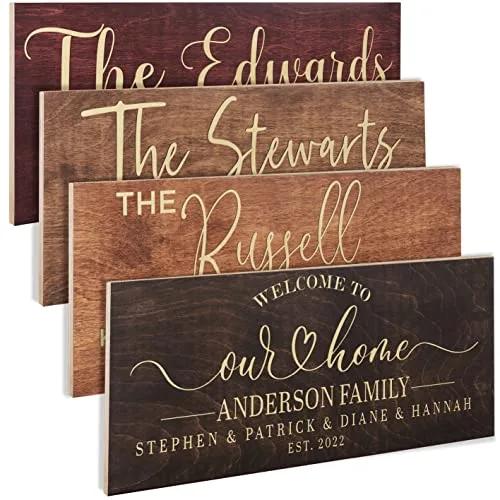
I run a small art gallery and we have some wooden carvings in our collection. This article has given me some useful insights that I can apply to ensure their preservation. Thank you!
You’re welcome! It’s great to hear that this article has provided you with useful insights for preserving the wooden carvings in your art gallery. Best of luck in maintaining their beauty!
I find it quite challenging to remove accumulated dust from intricate wooden carvings. Do you have any recommendations or specific tools that can help with this?
Cleaning intricate wooden carvings can be a delicate task. One approach is to use a soft brush, such as a paintbrush or a clean makeup brush, to gently remove dust from the crevices. Alternatively, compressed air can also be used to blow away dust. Just make sure to use it from a distance to avoid any damage.
I recently inherited a beautiful wooden carving from my grandparents. I followed the preservation techniques mentioned in this article and it has helped me maintain its beauty. Thank you!
This article provided some great insights into preserving wooden carvings. One additional tip I have is to avoid placing them in direct sunlight as it can cause fading and damage over time.
Thank you for sharing your additional tip! Avoiding direct sunlight is indeed an important point to consider for preserving wooden carvings.
Can you recommend any books or online resources that provide more in-depth information on preserving and caring for wooden carvings?
Certainly! Some recommended books on this topic are ‘The Care and Conservation of Wooden Sculpture’ by Rachel Sherit and ‘Wooden Artifacts: Preservation and Restoration’ by Valerie Dorge. Online resources like the Smithsonian’s Museum Conservation Institute website also provide valuable information on the subject.